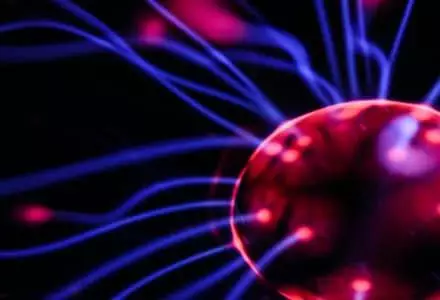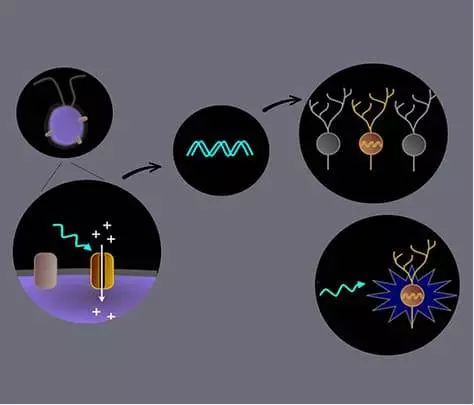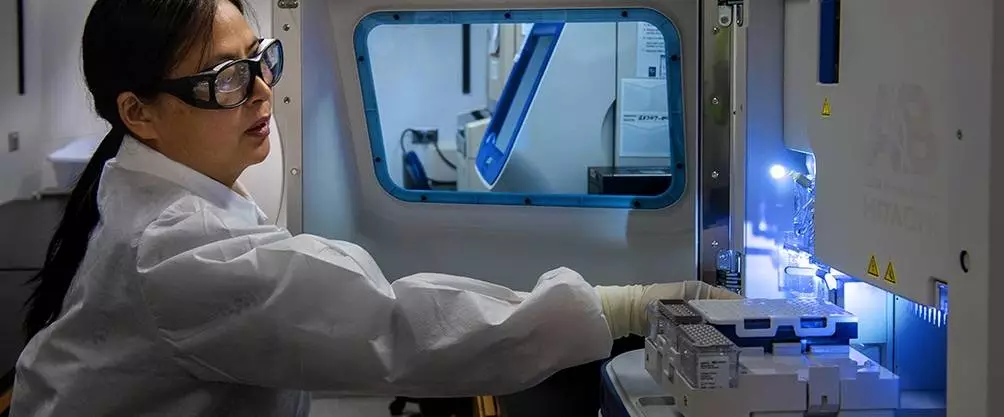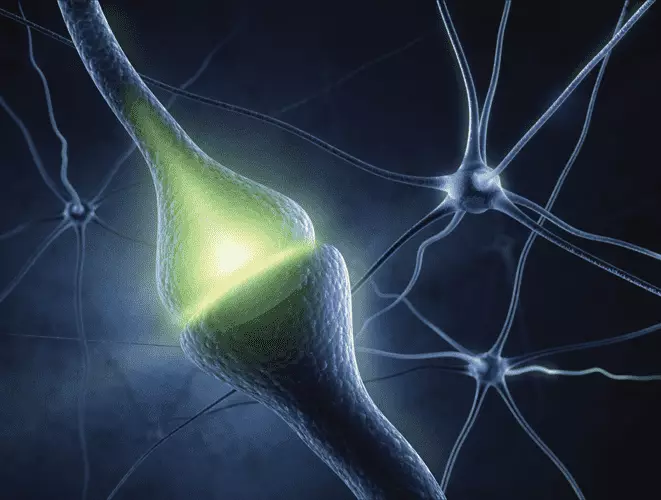Optogenetics in Neuroscience
One of Green Leaf Scientific’s areas of expertise lies in Optogenetics research. This blog provides insight into what Optogenetics research is and how it works, it’s real world applications and what we at Green Leaf Scientific can provide to further your work in the field.
If you are interested in learning more, please do not hesitate to contact us!

What is Optogenetics?
In the field of neuroscience, optogenetics refers to a technique that uses optics (or light) to stimulate and control genetically modified neurons in the brain of an animal or living tissue. Optogenetics is one of the most advanced research practices currently in use, with a number of discoveries about the brain being made every year. Its major advantage as a research procedure lies in its ability to select a sub-group of neurons to activate and control. This allows researchers to identify and study a specific network of neurons in the brain.
How does Optogenetics Research Work?

In order for the neuron’s genetic code to be modified, a viral vector is introduced to the neuron’s cells that induce the neuron to express a specific protein called opsins. Opsins are photo-sensitive molecules, and once expressed, they facilitate the conversion of light energy to a voltage that activates or deactivates the neurons. The most renowned opsin is regarded as channelrhodopsin (ChR2). By utilizing this viral expression, neuroscientists can regulate opsin expression or restrict it to a particular brain region. The expression can change depending on the brain region, virus, or cell type, which is how researchers have the ability to select which neurons they wish to study. As a result, neuroscientists can utilize viral expression to express opsin in specific brain areas for mapping neural circuits across brain regions. Optogenetics technology allows for the study of large neural circuits in the brain.
From Cell Studies to Optogenetics in Living Animals
In the last decade alone, optogenetics in neuroscience has allowed scientists to make significant advancements in the field and associate multiple neural circuits in the brain to emotions, physiological function, behavior, and disease states. The technique quickly evolved from only being possible in in vitro cell cultures (in vitro optogenetics) to fully functioning in in vivo optogenetic studies in living animals. Neuroscientists have been able to carry out optogenetics studies in everything from drosophila flies to C.elegans, zebrafish, birds, reptiles, rodents, and even primates. While in vitro optogenetics allows for the study of specific neuron types on a molecular scale, in vivo optogenetics allows researchers to identify how larger neural circuits are related to cognition and behavior.
Both in vitro and in vivo optogenetic techniques have contributed to different aspects of our understanding of how the nervous system works.

Different Optogenetic System Technologies

Although optogenetics is an extremely powerful research tool, mastering its technique and protocol can be an intricate process. However, since the early 21st century, a number of technologies have been developed by scientific research companies to make the procedure less wieldy for researchers. To help scientists continue and expand their optogenetics studies, Green Leaf Scientific provides different solutions to fulfill their research requirements.
One system, Teleopto, developed by Japan-based Bio Research Centre Co and supplied in Europe through Green Leaf Scientific, is credited in a large number of international publications for in vitro optogenetics. Bio Research Centre Co is one of the leading suppliers of optogenetic research equipment worldwide. The Teleopto system offers an advanced in vitro LED array system that allows researchers to study the expression of genes under long-term time-controlled light stimulation of cell cultures of interest for a number of different research applications. In addition, they have developed a wireless photometry system, Telefipho. Both Teleopto and Telefipho have advanced the field of optogenetics using wireless technology, allowing for experiments that would have previously been hindered by wires limiting the animals movement and natural physiological movements.
Pinnacle Inc., based in Kansas City, USA, is another company that has developed a robust tethered optogenetics system allowing researchers to stimulate neurons of living animals in vivo while recording the output activity using electrophysiology and electrochemical sensors. Pinnacle Technologies advanced neuroscience research solutions give researchers the capability to both stimulate neurons and record their activity.
Turnkey optogenetic research solutions – utilizing either wireless or tethered optogenetics – from both Teleopto and Pinnacle Technologies are available from Green Leaf Scientific. The list of products which includes Wireless Optogenetics Systems, Tethered Optogenetics, and more can be found in the Neuroscience and Optogenetics section on our website. with integrated electrophysiology and biosensors, In Vitro LED Arrays, and so on.
Looking for more information? Contact us today to discuss a solution for your research!


A thoughtful opinion and ideas I will use on my blog. Youve obviously spent a lot of time on this. Congratulations!